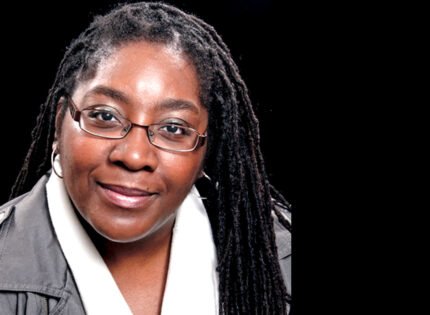About five years ago the federal government was alerted to an unsettling trend unfolding in the Canadian justice system: the growing number of Blacks in prisons.
In 2016, Howard Sapers, who at the time was serving as Correctional Investigator of Canada, warned that the Black Canadian prison population was growing at an alarming rate. That year it had increased by more than 70% since 2004 when he took office.
Fuelled by a criminal justice system that has been tainted by racism, the number has been growing every year.
Nobody paid it any mind because jail continues to be seen as a deterrent, and Blacks and other vulnerable groups such as Indigenous people, have always been fodder in an institution that is quickly becoming an industrial complex here in Canada and the United States.
So fast forward to January 2020 and news that the Correctional Service of Canada, in a briefing to Public Safety Minister Bill Blair, states that it has begun collecting data on the Black inmate population because of massive over-representation of that group in federal custody, that group that is second only to Indigenous people.
According to the Canadian Press article, the CSC is conducting research on the size, growth, geographic distribution, country of origin, as well as the language profile of the Blacks in prison.
Apparently the goal is to better understand the needs of Blacks as they languish in the hellholes that are Canadian prisons.
Lofty ideals for an institution that many say has been an integral part of the continuing abuses that Blacks have been subjected to in the criminal justice system.
Remember in his 2016 report, Sapers warned that there were overwhelming causes for concern, because in the 11 years that he has been on the job, the Black prison population was increasing significantly each year.
By 2017-18, Blacks made up close to 8% of Canada’s incarcerated population almost three times our representation in the general population.
And just as it is in other arms of the criminal justice system, policing and the courts, Blacks have been subjected to undue suffering in the correctional institutions because of racism and discrimination.
Reports show that although that group has been identified as having lower risk of re-offending they are more likely to be placed in maximum security institutions.
Also, that Black inmates are over-represented in segregation, and are subjected to nearly 15 per cent of all use-of-force incidents.
So when Correctional Service of Canada states in its brief to the minister that it is “providing culturally responsive services, programming and interventions to address the risks posed by offenders and help with their rehabilitation and reintegration into society,” we might have to take that with a grain of salt.
However, as misguided as this “needs analysis” of Black prisoners’ initiative might be, the hope is that it will bring to the fore the sad reality of Blacks and Indigenous people and the correctional service.
And hopefully I will see Justin Trudeau and his government do better for these two groups that are so woefully caught in the revolving door of federal prisons.
In major cities across the country, from Winnipeg to Toronto to Montreal to Halifax, we’re having conversations about racial profiling, targeting and abuse of police power when it comes to Blacks and Aboriginals.
By now we know that endemic over-policing contributes to pushing many in those two communities through the revolving door that jail has become.
Chronic poverty as well helps to get them there.
So while it’s laudable that Correctional Service of Canada wants to make things a little more comfy for those on the inside, ideally just as much efforts must go into getting them out, and keeping those who are out, out.
Egbert Gaye












